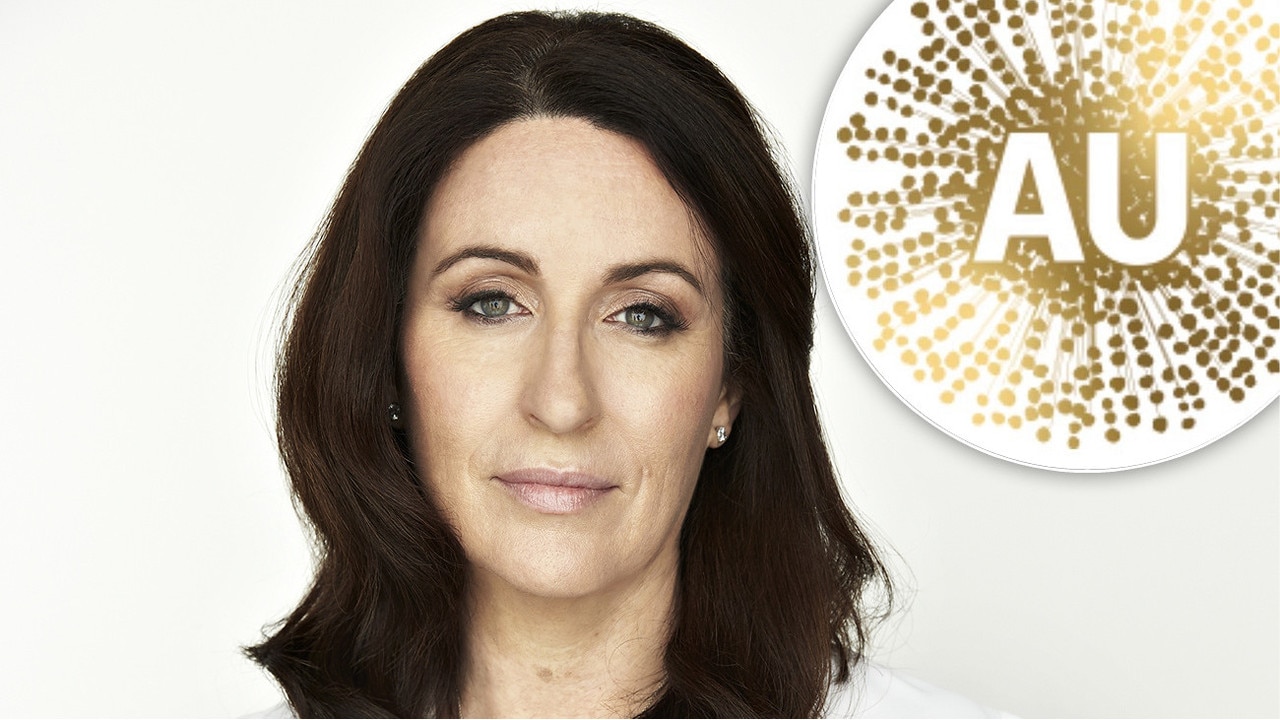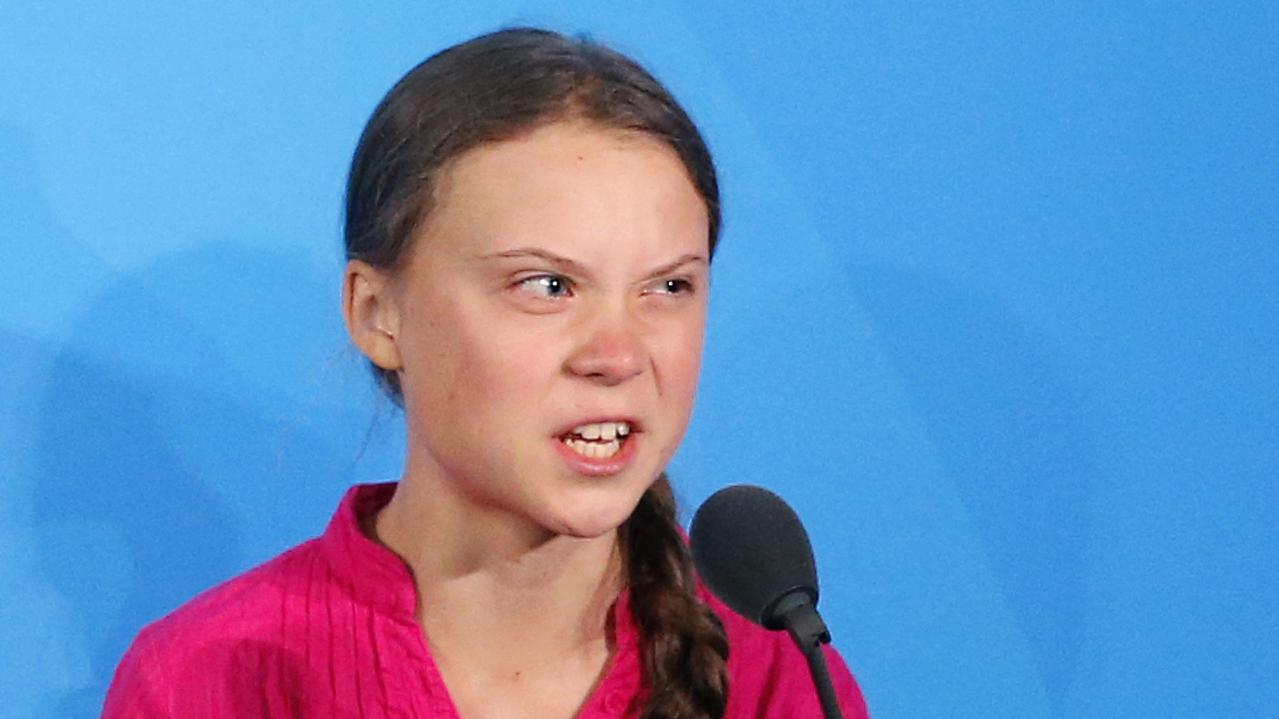Picture this: girls can do anything
If you’re a man, you can be a police officer, a soldier or a spy. If you’re a woman, you can be a dancer, a princess or a bride. Yes, gender representation in emojis is a big pile of poo.
Rendezview
Don't miss out on the headlines from Rendezview. Followed categories will be added to My News.
If you’re a man, you can be a police officer, a construction worker, a soldier or a spy. If you’re a woman, you can be a dancer with bunny ears, a princess, a bride or pregnant.
We’re a society obsessed with emoji. Ten million Australians use emojis, and two thirds of us say emoji are better at expressing emotions than words. Young women are the biggest users of emoji.
And emojis, when it comes to gender representation, are a big pile of poo with nothing to smile about.
As a middle aged white man, albeit one with a teenage daughter, my views on empowering young woman through cultural representation are probably not worth listening to. But this is not just my view.
A recent study of 16-24 year old girls found that half of them believe female emojis are stereotypical and limited. Three quarters of them believe that girls should not just be portrayed doing “feminine activities” like nail painting and getting a haircut and that two thirds see the range of female emoji imply that girls are limited to what they can do.
Those young women are right because it’s wrong for emojis to have a gender bias and not just because of the obvious reasons.

The emojis we use can be traced back to pictures developed by Japanese mobile phone operators. Fortunately they didn’t trademark the use of the illustrations and now the “alphabet” of the more than 1000 emoji which people can exchange regardless of their brand of device or operating system emojis is governed by the not-for-profit Unicode Consortium.
The consortium has a list of agreed codes that describe each emoji and then companies, such as Apple, Google, Microsoft, Twitter and Facebook, generate their own illustration based on that description.
The code says “police officer” and Apple, along with other companies, have represented that as a man. The code says “dancer” and Apple and most other companies have drawn that as a woman.
The Unicode Consortium is aware of the problem and things are slowly changing.
Last week the Unicode Consortium approved 72 new emoji, with small steps towards correcting the gender imbalance. There is a prince to go with the princess and a dancing man to join the dancing lady. There are also new women emojis including a woman face palming, a woman shooting a selfie, a pregnant woman and a woman shrugging — perhaps shrugging at the misogyny of emojis.

Google recently proposed a new set of emojis that include a farmer, a scientist, a doctor, and a teacher — all of which could be displayed in both genders. At this stage, it’s a proposal that could be accepted, amended or rejected.
Does it really matter that emojis adhere to sexist stereotypes? It matters to those who feel excluded and it should matter to us all.
Emma Watson, actor and Goodwill Ambassador for UN Women, highlighted the problem of sexism in emoji when she recently tweeted a link to the “bloody brilliant” short video produced by film maker Lucy Walker as part of the #likeagirl campaign.
My friend @lucywalkerfilm directed this: https://t.co/u7R5sAbD73 and it's bloody brilliant. Watch watch watch #likeagirl #IWD #moreemojis
— Emma Watson (@EmWatson) March 8, 2016
Michelle Obama has also tweeted about the campaign, calling for a “girl studying emoji”.
“Girls love emojis but there aren’t enough emojis to say what girls do,” says one young girl in the clip. “That’s just how things are.”
Emojis are just a bit of silly fun and there are much bigger problems in the world, including many ways in which minorities and women are misrepresented and under represented.
Emojis are about communicating a message and that message should be simple.
Girls can do anything. We just have to help them picture it.
rod.chester@news.com.au
Originally published as Picture this: girls can do anything


